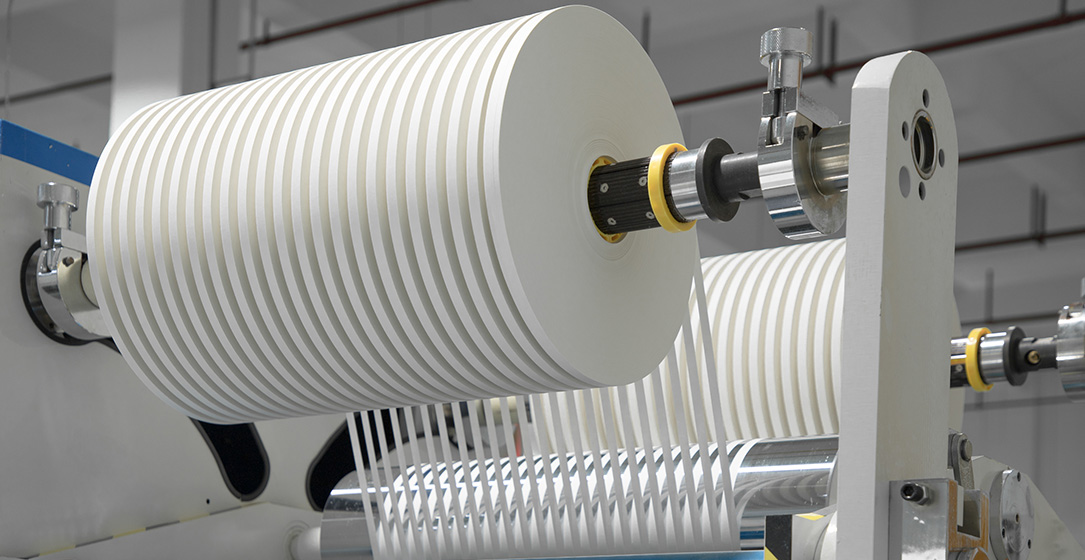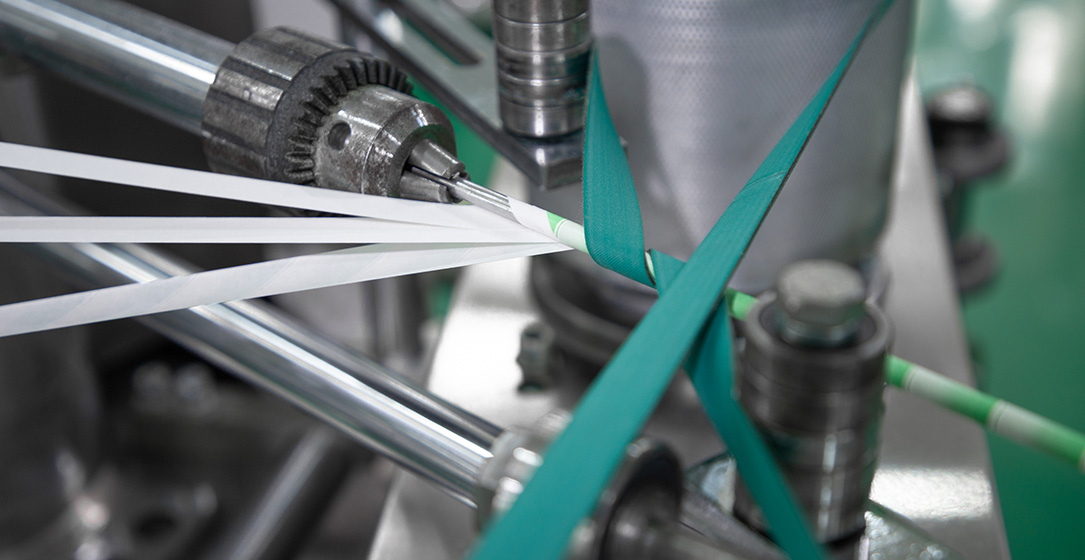
Introduction:
The production of paper decorations is a vibrant and growing industry that caters to a diverse range of consumer needs and preferences. However, like any business venture, it comes with its share of risks and challenges. In this blog, we'll explore the various market risks associated with the production of paper decorations, ranging from technological uncertainties to economic fluctuations, and discuss strategies to mitigate these risks effectively.
Understanding Market Risks in Paper Decoration Production:
Before delving into specific risks, it's important to understand the dynamics of the paper decoration production market. This industry involves the manufacturing of a wide range of paper-based decorative items, including banners, garlands, party supplies, and seasonal decorations. The market is influenced by factors such as consumer demand, technological advancements, competition, and regulatory requirements, all of which contribute to its inherent risks.
Key Market Risks and Mitigation Strategies:
- Technological Risks:
Technological advancements play a significant role in the production of paper decorations, from digital printing technology to specialized die-cutting equipment. However, reliance on technology also poses risks such as equipment malfunction, software glitches, and obsolescence. To mitigate these risks, businesses should invest in reliable equipment, maintain regular maintenance schedules, and stay updated on the latest technological developments to remain competitive in the market.
- Economic Risks:
Economic fluctuations can significantly impact the paper decoration production market, affecting consumer spending patterns, raw material costs, and overall demand. During periods of economic downturn, consumers may reduce discretionary spending on non-essential items like paper decorations, leading to decreased sales and revenue for manufacturers. To mitigate economic risks, businesses should maintain financial reserves, diversify product offerings, and explore new market segments to reduce dependence on any single market.
- Supply Chain Risks:
The paper decoration production process relies on a complex supply chain involving raw materials, components, and manufacturing equipment. Disruptions in the supply chain, such as material shortages, transportation delays, or supplier issues, can disrupt production schedules and impact business operations. To mitigate supply chain risks, businesses should develop strong relationships with reliable suppliers, maintain buffer stocks of critical materials, and implement contingency plans to address potential disruptions.
- Competitive Risks:
The paper decoration production market is highly competitive, with numerous manufacturers vying for market share. Intense competition can lead to pricing pressures, margin erosion, and loss of market relevance. To mitigate competitive risks, businesses should differentiate their offerings through product innovation, quality assurance, and customer service excellence. By providing unique value propositions, businesses can build customer loyalty and withstand competitive pressures effectively.
- Regulatory Risks:
Regulatory compliance is a critical aspect of paper decoration production, with regulations governing aspects such as product safety, labeling requirements, and environmental standards. Non-compliance with regulations can result in legal penalties, reputational damage, and business disruptions. To mitigate regulatory risks, businesses should stay informed about relevant regulations, implement robust compliance procedures, and conduct regular audits to ensure adherence to standards and regulations.
- Consumer Trends and Preferences:
Consumer preferences in the paper decoration market can be unpredictable, with trends evolving rapidly and consumer tastes varying widely. Changes in consumer preferences can impact product demand, sales volumes, and inventory management. To mitigate risks associated with shifting consumer trends, businesses should conduct market research, gather customer feedback, and remain agile in responding to changing preferences. By staying attuned to consumer needs and preferences, businesses can adapt their product offerings and marketing strategies to remain relevant in the market.
- Environmental Risks:
The production of paper decorations can have environmental implications, including deforestation, waste generation, and pollution. Environmental concerns among consumers are increasing, leading to greater scrutiny of eco-friendly practices and sustainable alternatives. To mitigate environmental risks, businesses should adopt sustainable manufacturing practices, use recycled materials, minimize waste generation, and invest in eco-friendly production technologies. By demonstrating a commitment to environmental responsibility, businesses can enhance their brand reputation and appeal to environmentally conscious consumers.
Conclusion:
In conclusion, the production of paper decorations is subject to various market risks, ranging from technological uncertainties to economic fluctuations and regulatory requirements. However, by understanding these risks and implementing effective mitigation strategies, businesses can navigate the challenges and capitalize on the opportunities in the market. By investing in technology, maintaining financial resilience, fostering strong supplier relationships, and staying attuned to consumer preferences, businesses can mitigate risks effectively and position themselves for long-term success in the dynamic and competitive paper decoration production market.





















